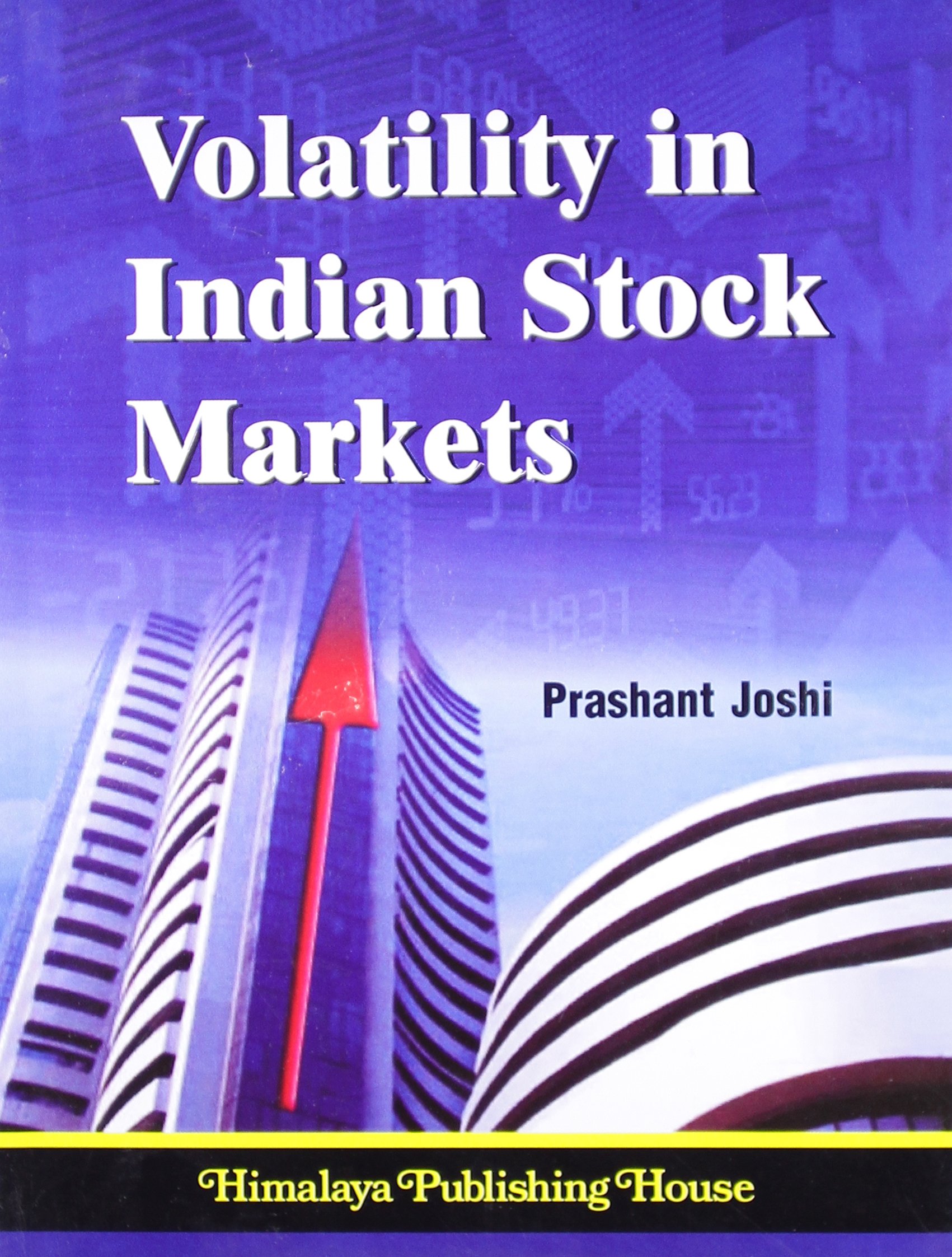Volatility in Indian Stock Market
no information available
Analysis of stock market for the assessment of the risk has assumed greater significance in India after liberalization. Usefulness of efficient stock market in mobilizing resources is well-known among policy makers and investors. Volatility in the price of stock market can arise because of several reasons. It creates atmosphere of uncertainty and thus it hampers productive investment. Volatility is inherent feature of stock markets. It should be known to those who are concerned directly and indirectly and indirectly with stock markets. Volatility of stock prices refers to the frequency with which changes in stock prices over a given period of time. The volatility can also be understood as the frequency or relative rate at which the price of a security moves up and down. Volatility is found by calculating the annualized standard deviation of daily change in price. Standard deviation of return is widely used as a measure of total risk of a financial asset. If a stock is highly volatile, there is risk of losing capital and thus investors tend to avoid investing in these stocks. Uncertainty plays an important role in economic theory. Many economic models assume that the variance as a measure of uncertainty is constant through time. However, it is not supposed by empirical evidence. Financial time series such as stock returns or exchange rates exhibit volatility clustering where large returns of either sign are expected to follow large returns and small returns of wither sign to follow small return. Prediction of financial asset volatility is now considerably improved due to advanced modeling technique that is capable of estimating time varying volatility. The book makes the modest attempt to investigate the nature and pattern of volatility of stock market prices in India and its relation with developing and developed stock markets of the world. Contents : 1. Introduction 2. Risk, Return and Stock Market Volatility: Conceptual and Analytical Framework 3. Indian Capital Market: An Overview 4. Review of Literature 5. Stock Market Volatility : Empirical Investigations 6. Summary and Policy Recommendations Bibliography ... Read more Read less











